In the dynamic world of logistics and transportation, tanker trucks play a pivotal role in ensuring the efficient movement of liquids and gases across vast distances. At CarMax Vehicle, we recognize the importance of understanding the capacities and specifications of these specialized vehicles. This comprehensive guide delves into the intricacies of tanker truck capacities, answering the pressing question: how many liters does a tanker truck hold?
Table of Contents
- Introduction to Tanker Trucks
- Types of Tanker Trucks and Their Capacities
- Factors Influencing Tanker Capacity
- Comparative Analysis of Tanker Capacities
- Maximizing Efficiency with Optimal Tanker Selection
- Technological Innovations in Tanker Design
- Maintenance and Capacity Retention
- Environmental Considerations
- Conclusion
- Frequently Asked Questions
Introduction to Tanker Trucks
Tanker trucks are specialized vehicles designed to transport liquids, gases, and other bulk materials efficiently and safely. Their design varies based on the type of material being transported, the distance covered, and specific industry requirements. Understanding the capacity of these trucks is crucial for logistic planning, cost estimation, and ensuring compliance with transportation regulations.
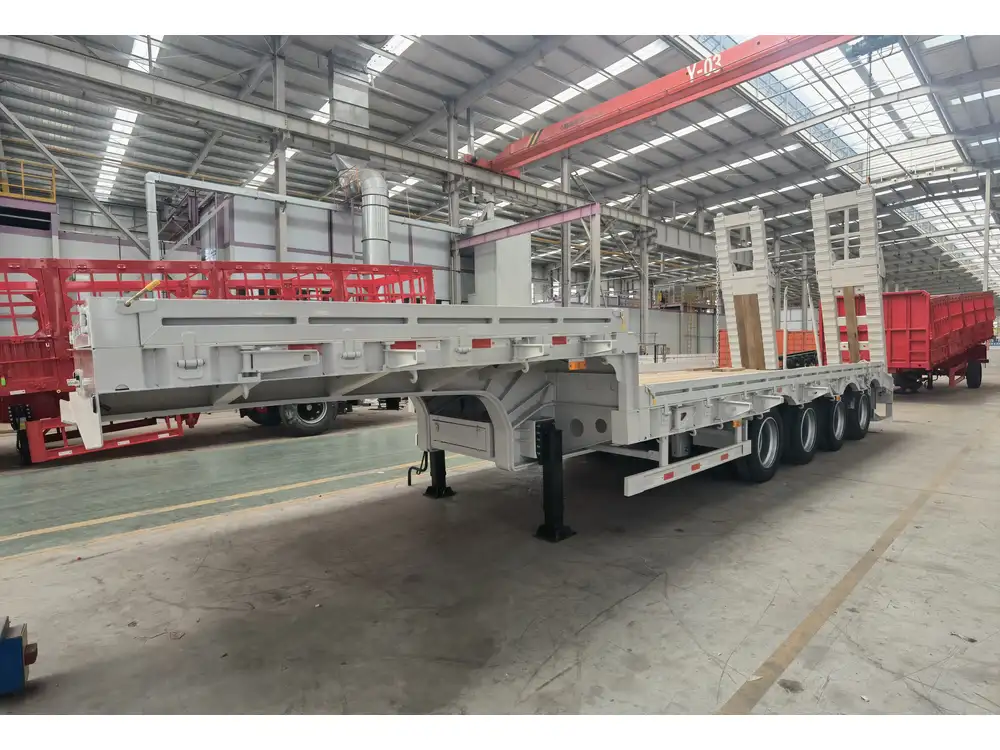
Types of Tanker Trucks and Their Capacities
Tanker trucks come in various configurations, each tailored to specific transportation needs. Below, we explore the primary types and their typical capacities.
Standard Liquid Tankers
Standard liquid tankers are the most common type used for transporting petroleum products, chemicals, and other liquid commodities. Their capacities generally range based on size classifications:
| Size Classification | Capacity (Liters) |
|---|---|
| Small | 5,000 – 10,000 |
| Medium | 10,000 – 20,000 |
| Large | 20,000 – 30,000 |
| Extra Large | 30,000 – 40,000 |
Cryogenic Tankers
Cryogenic tankers are engineered to transport liquefied gases at extremely low temperatures. These tankers require specialized insulation and materials to maintain the cryogenic state.
| Type | Capacity (Liters) |
|---|---|
| Small Cryogenic | 3,000 – 5,000 |
| Medium Cryogenic | 5,000 – 10,000 |
| Large Cryogenic | 10,000 – 15,000 |

Food-Grade Tankers
Food-grade tankers adhere to strict sanitation standards, making them suitable for transporting edible oils, milk, and other consumable liquids.
| Size Classification | Capacity (Liters) |
|---|---|
| Small | 5,000 – 8,000 |
| Medium | 8,000 – 15,000 |
| Large | 15,000 – 25,000 |
Bulk Liquid Tankers
Bulk liquid tankers are designed for high-volume transportation of industrial liquids like water, slurry, and other non-hazardous materials.
| Bulk Type | Capacity (Liters) |
|---|---|
| Water Tankers | 20,000 – 35,000 |
| Slurry Tankers | 15,000 – 30,000 |
| Chemical Bulk Tankers | 10,000 – 25,000 |
Factors Influencing Tanker Capacity
Several factors determine the capacity of a tanker truck. Understanding these can aid in selecting the right tanker for specific transportation needs.
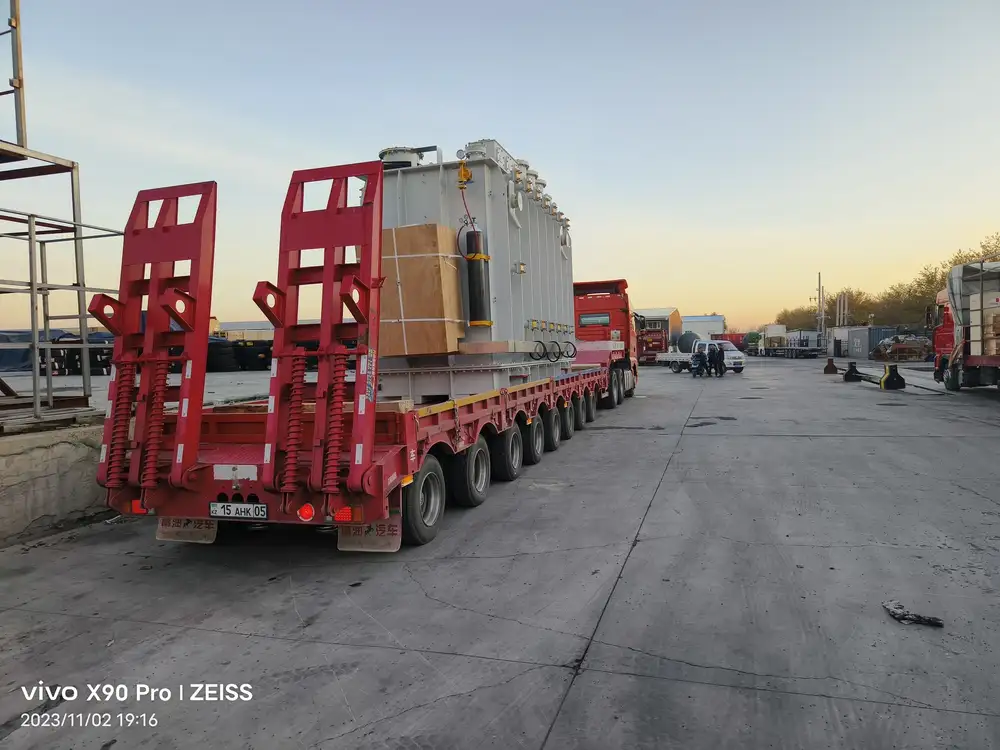
Design and Structure
The design and structural integrity of a tanker significantly impact its capacity. Features such as tank geometry, wall thickness, and support structures are meticulously engineered to maximize volume without compromising safety.
Material and Insulation
The materials used in constructing tanker tanks, including stainless steel, aluminum, or specialized composites, influence both durability and capacity. For cryogenic tankers, enhanced insulation is essential to maintain the temperature of stored gases, often adding to the overall weight and affecting capacity.
Regulatory Standards
Transportation of liquids is governed by strict regulatory standards to ensure safety and minimize environmental impact. These regulations dictate maximum load capacities, dimensions, and safety features, directly influencing tanker capacities.
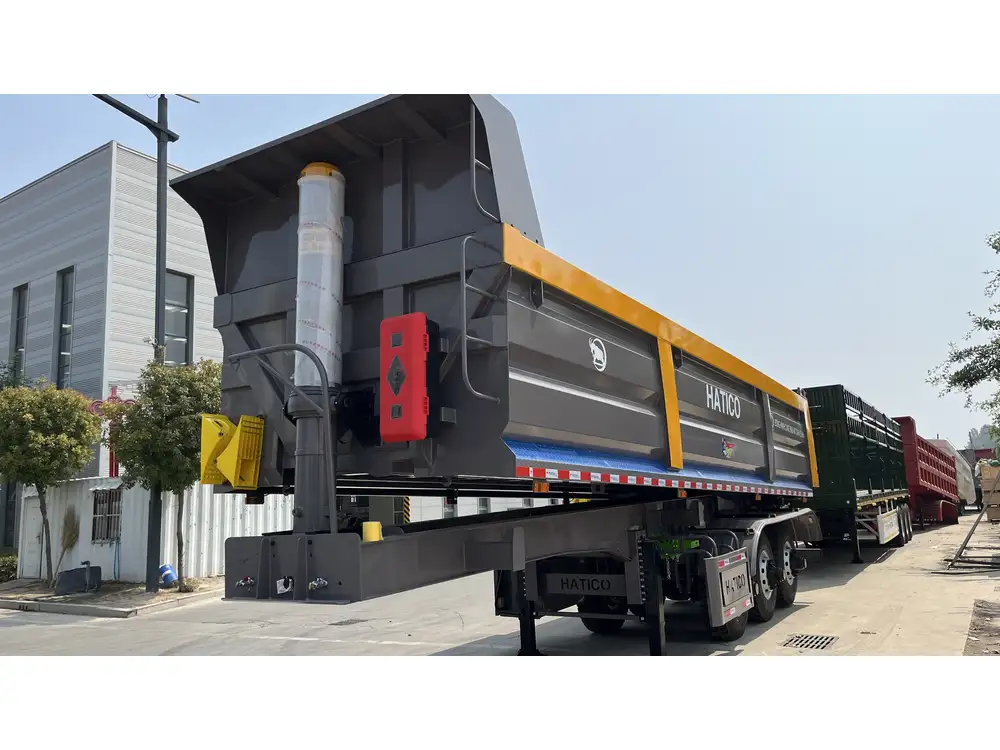
Operational Requirements
The intended operational use of the tanker—such as frequency of trips, loading and unloading mechanisms, and compatibility with supply chains—affects capacity decisions. High-frequency operations might favor medium-sized tankers to optimize turnaround times.
Comparative Analysis of Tanker Capacities
Analyzing different tanker capacities aids in making informed decisions based on specific transportation needs.
Small vs. Large Tankers
Small tankers (5,000 – 10,000 liters) offer flexibility for urban deliveries and routes with restricted access. They are easier to maneuver and require less infrastructure for loading and unloading.
Large tankers (20,000 – 40,000 liters) are cost-effective for long-distance and bulk transportation, reducing the number of trips required and thereby minimizing operational costs.
| Feature | Small Tankers | Large Tankers |
|---|---|---|
| Capacity | 5,000 – 10,000 L | 20,000 – 40,000 L |
| Maneuverability | High | Moderate |
| Operational Flexibility | High | Lower |
| Cost Efficiency | Lower per liter | Higher per liter |
| Suitable Routes | Urban, Restricted | Highways, Open Roads |
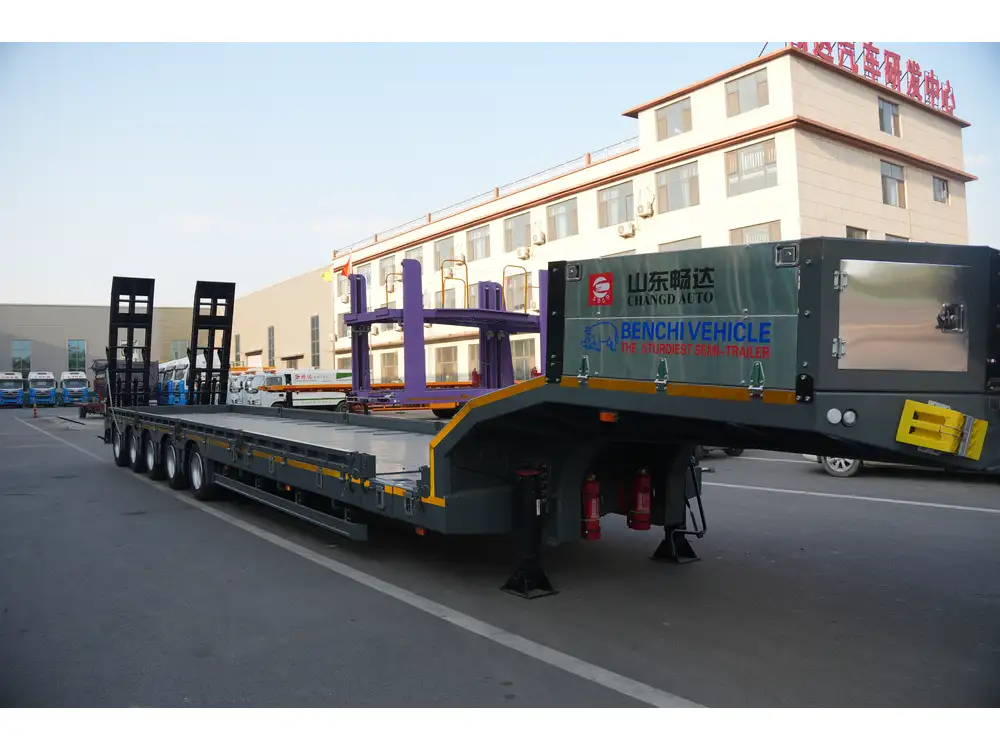
Regional Variations
Tanker capacities can vary based on regional regulations and infrastructure. For instance, European tanker standards might differ from those in North America or Asia, influencing the maximum allowable volume and tanker dimensions.
| Region | Typical Capacity (Liters) |
|---|---|
| North America | 30,000 – 40,000 |
| Europe | 20,000 – 30,000 |
| Asia | 25,000 – 35,000 |
| Australia | 20,000 – 30,000 |
Maximizing Efficiency with Optimal Tanker Selection
Selecting the appropriate tanker capacity is essential for operational efficiency. Overloading can lead to regulatory penalties and increased wear, while underloading may result in higher per-unit transportation costs.
Assessing Demand and Routes
Analyzing demand patterns and route characteristics ensures that the selected tanker size aligns with transportation needs. High-demand periods may benefit from larger capacities, whereas variable routes might require a versatile fleet with varying capacities.
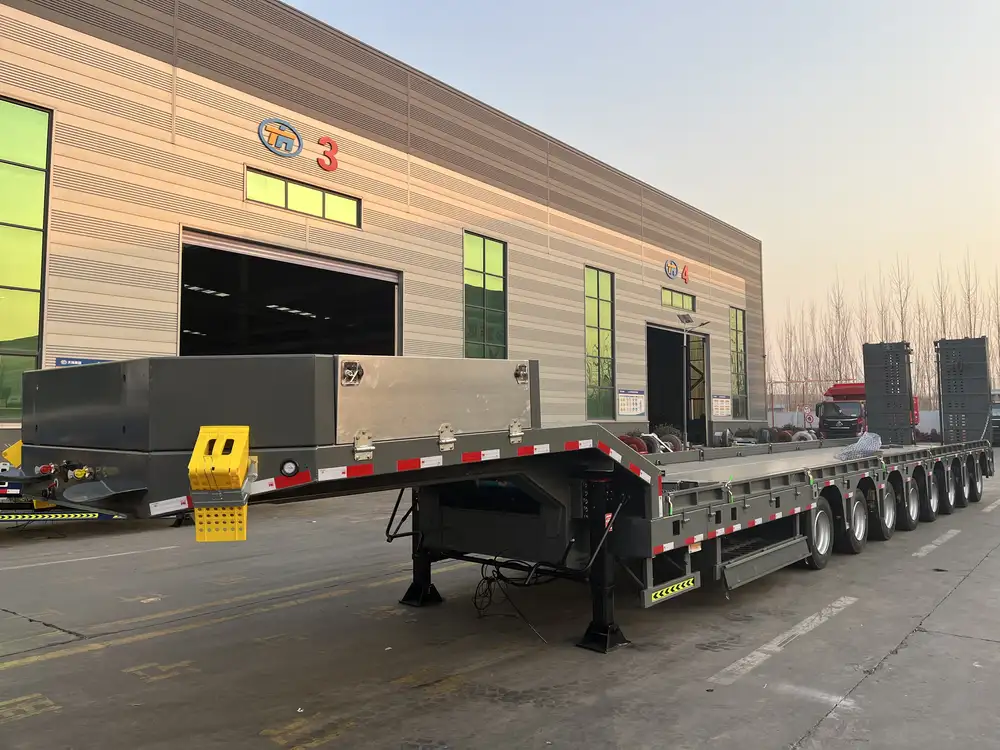
Balancing Cost and Capacity
A balance between initial investment and operational costs is crucial. Larger tankers may have higher upfront costs but offer better economies of scale, whereas smaller tankers might reduce flexibility and increase the number of trips needed.
Technological Innovations in Tanker Design
Advancements in technology have led to significant improvements in tanker truck capacities and efficiency.
Lightweight Materials
The use of lightweight, high-strength materials reduces the overall weight of the tanker, allowing for increased payload without exceeding legal weight limits.
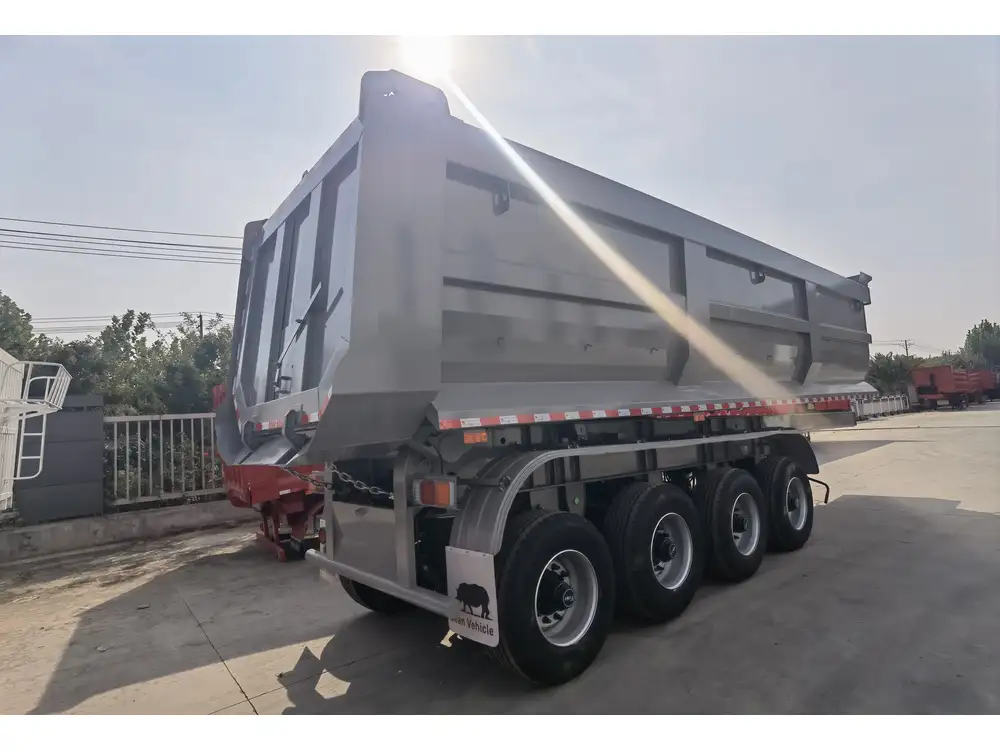
Aerodynamic Designs
Aerodynamic tankers minimize air resistance, enhancing fuel efficiency and allowing for greater cargo capacity by reducing the overall weight impact.
Smart Monitoring Systems
Incorporating IoT and smart monitoring systems enables real-time tracking of cargo levels, temperature, and pressure, ensuring optimal capacity utilization and safety.
Maintenance and Capacity Retention
Regular maintenance is vital to ensure that tanker capacities remain consistent over time. Factors such as corrosion, wear and tear, and accidental damage can reduce effective capacity.

Routine Inspections
Periodic inspections help identify and rectify issues like leaks, cracks, or structural weaknesses, preserving the tanker’s capacity and longevity.
Cleaning Protocols
For tankers transporting consumables or sensitive materials, stringent cleaning protocols prevent contamination and ensure that capacity is not compromised by residues or deposits.
Environmental Considerations
Environmental factors play a significant role in determining tanker capacities and operations.
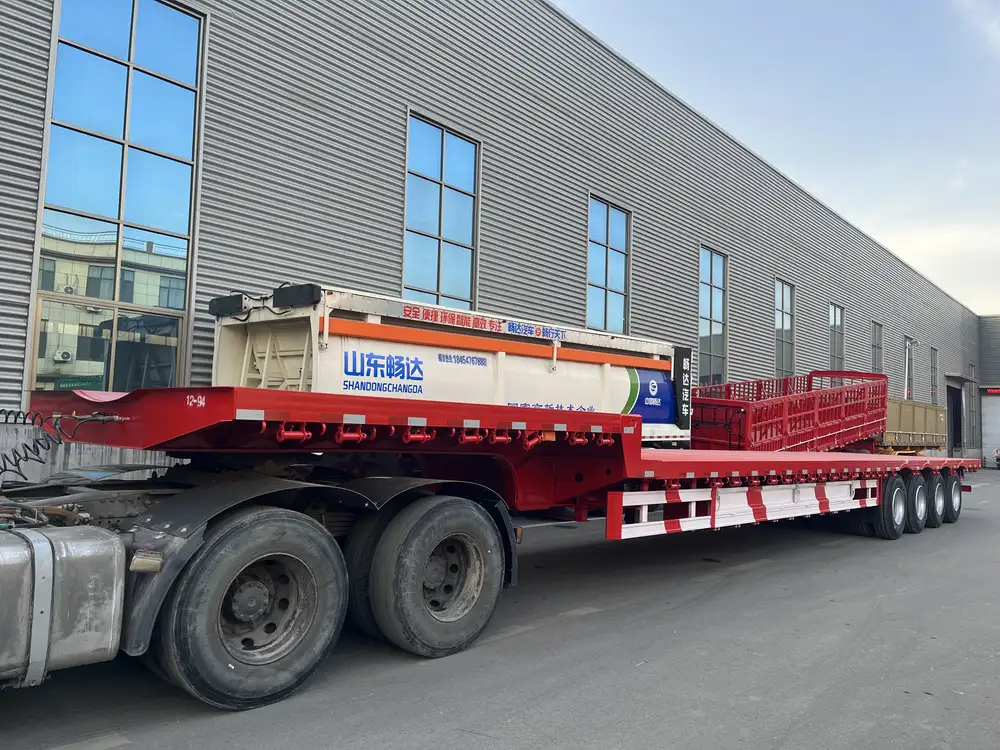
Emission Regulations
Adhering to emission standards requires optimizing tanker designs for fuel efficiency, potentially influencing capacity choices to balance environmental compliance with operational needs.
Spill Prevention
Implementing spill prevention mechanisms necessitates robust tank designs, which can impact the overall volume and capacity of the tanker.
Sustainable Materials
Utilizing sustainable and recyclable materials in tank construction not only supports environmental goals but can also affect the weight and, consequently, the capacity of the tanker.

Conclusion
Understanding the capacity of tanker trucks is fundamental for efficient and compliant liquid transportation. At CarMax Vehicle, we offer a diverse range of tanker solutions tailored to meet varying logistical demands. Whether it’s the flexibility of small tankers or the bulk efficiency of large tankers, our commitment to quality ensures optimal capacity utilization, safety, and environmental stewardship.
Selecting the right tanker involves a careful analysis of operational requirements, regulatory standards, and technological advancements. By staying informed and choosing wisely, businesses can enhance their transportation efficiency and achieve cost-effective logistics solutions.
Frequently Asked Questions
1. What factors determine the capacity of a tanker truck?
Several factors influence tanker capacity, including design and structure, materials used, regulatory standards, and specific operational requirements. The intended use, type of liquid transported, and regional regulations also play crucial roles in determining the appropriate capacity.

2. How does the type of liquid affect tanker capacity?
Different liquids have varying densities and storage requirements. For instance, cryogenic liquids require specialized insulation and materials, which can reduce overall capacity. Similarly, food-grade liquids need stringent sanitation standards, influencing tanker design and capacity.
3. Are there standard sizes for tanker trucks globally?
While there are common capacity ranges, exact sizes can vary based on regional regulations and industry standards. For example, North American tankers typically have larger capacities compared to European standards, which might have more restrictive limits.
4. Can tanker truck capacities be customized?
Yes, many manufacturers, including CarMax Vehicle, offer customization options to meet specific transportation needs. Customizations can include modifications to tank size, shape, materials, and additional features like smart monitoring systems.

5. What maintenance practices help retain tanker capacity?
Regular inspections, timely repairs, and stringent cleaning protocols are essential for maintaining tanker capacity. Preventing corrosion, addressing structural issues promptly, and ensuring that the tanker remains free from contaminants help preserve its designed capacity over time.



